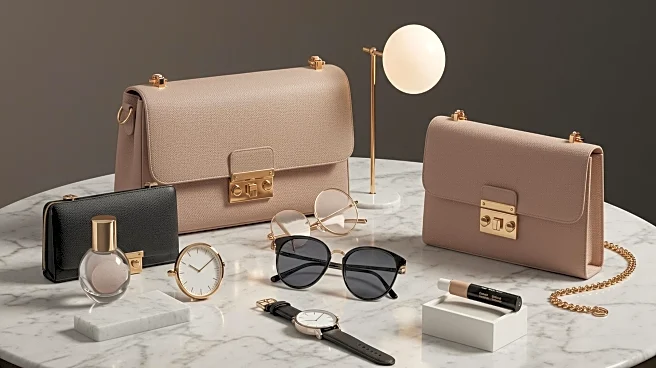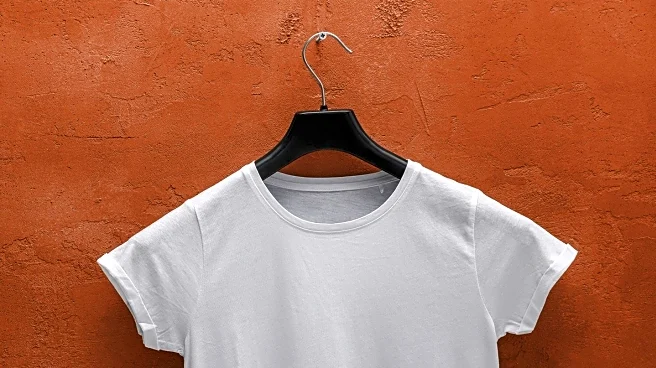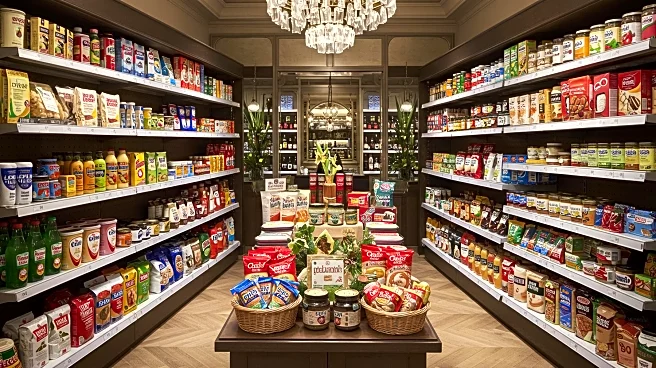What is the story about?
What's Happening?
A new wave of designer-led labels is reshaping the luxury fashion market by offering high-quality products at more accessible price points. Brands such as Nour Hammour, Toteme, and TWP are targeting consumers with a focus on sustainability and longevity in their designs. This shift comes as traditional luxury brands face declining demand, prompting consumers to seek alternatives that offer value without compromising on quality. The trend reflects a cultural shift in consumer preferences, where shoppers are increasingly valuing connection and authenticity in their purchases.
Why It's Important?
The emergence of these contemporary brands is significant as it challenges the traditional luxury market, which has been characterized by high prices and frequent new collections. By offering products that are both affordable and sustainable, these brands are attracting a middle-class consumer base that has been squeezed by inflation and high luxury prices. This shift could lead to a broader redefinition of luxury, emphasizing timelessness and quality over brand prestige. As these brands continue to grow, they may influence larger luxury houses to reconsider their pricing strategies and product offerings.
What's Next?
As contemporary brands continue to gain traction, traditional luxury brands may need to adapt to maintain their market share. This could involve revisiting their pricing models or focusing on more sustainable practices. Additionally, the success of these brands may encourage new entrants into the market, further diversifying consumer options. The ongoing cultural shift towards sustainable and meaningful consumption is likely to continue influencing the fashion industry, potentially leading to long-term changes in how luxury is perceived and marketed.
Beyond the Headlines
The rise of contemporary brands also highlights a shift in consumer values, where the emphasis is on personal connection and ethical consumption. This trend may lead to increased scrutiny of luxury brands' production practices and their environmental impact. As consumers become more informed, they may demand greater transparency and accountability from brands, potentially driving industry-wide changes in manufacturing and marketing strategies.
AI Generated Content
Do you find this article useful?











